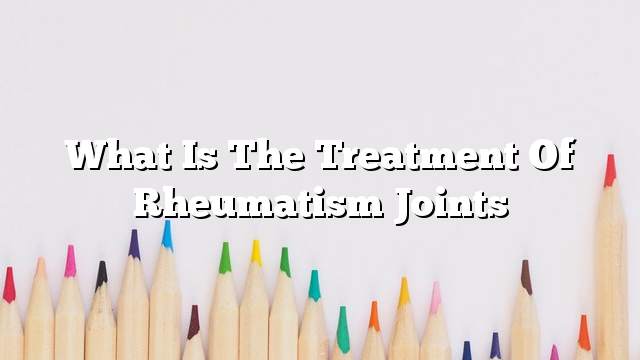Rheumatism
The disease is one of the most common diseases that affect the person during the winter, as it increases symptoms and pain twice as a result of the cold atmosphere affecting the joints and bones in general, and vary from one person to another and from time to time, and here we will learn more about this disease, its causes And methods of treatment. Rheumatism is a disease related to the joints, diagnosed as a condition of severe acute inflammation surrounding the joint and ligaments surrounding it, causing swelling, high temperatures, and occasional pain.
Causes of rheumatism
Medicine has not been established to find out the real cause of rheumatism, but some factors have been identified:
Weakness of the immune system is caused by tonsillitis and pharyngitis caused by streptococcus. This type of bacteria causes weakness of the heart muscle and then failure to function. This condition affects adolescents in particular.
General weakness of the joints and stiffness of the knee, resulting in inflammation of the tissues and ligaments surrounding it, and this situation occurs in the elderly and symptoms swelling and swelling extends from the knee to the end of the foot.
Dysfunction and weakness of the immune system, which leads to attack the immune cells of the natural cells, causing a state of relapse of the body, called this case of autoimmunity.
People who are at risk of rheumatism
- Scientific studies have shown that women are more likely to develop the disease than men because of the nature of the life cycle that surrounds women, and that the onset of the disease begins at the age of 20 to 60 and sometimes extends to a longer age. The onset of symptoms is mild, The interior so that it is not visible.
Symptoms of rheumatism
- The inability to move the joints flexibly due to the roughness of the knee.
- Swelling and severe swelling that extends from the knee to the last foot.
- Paleness of the color of joints.
- Tingling and numbness.
- The inability to walk in the early hours of the morning.
- Loss of appetite with high body temperature.
- The appearance of some scars down the foot.
- Some people suffer from eye inflammation and redness.
- Water pool behind the knee.
Methods of treatment of rheumatism
There are several treatment methods:
- Physiotherapy: It is complete comfort, massage the limbs, exercise that suits the body, while relieving the excess weight.
- Drug therapy: Taking anti-inflammatory drugs and anti-rheumatism. Studies have shown that malaria drugs help relieve rheumatic symptoms and some cortisone-containing drugs.
- Surgical treatment: The condition is diagnosed by the doctors and the laboratory and clinical tests that help determine the patient’s need for surgery.
